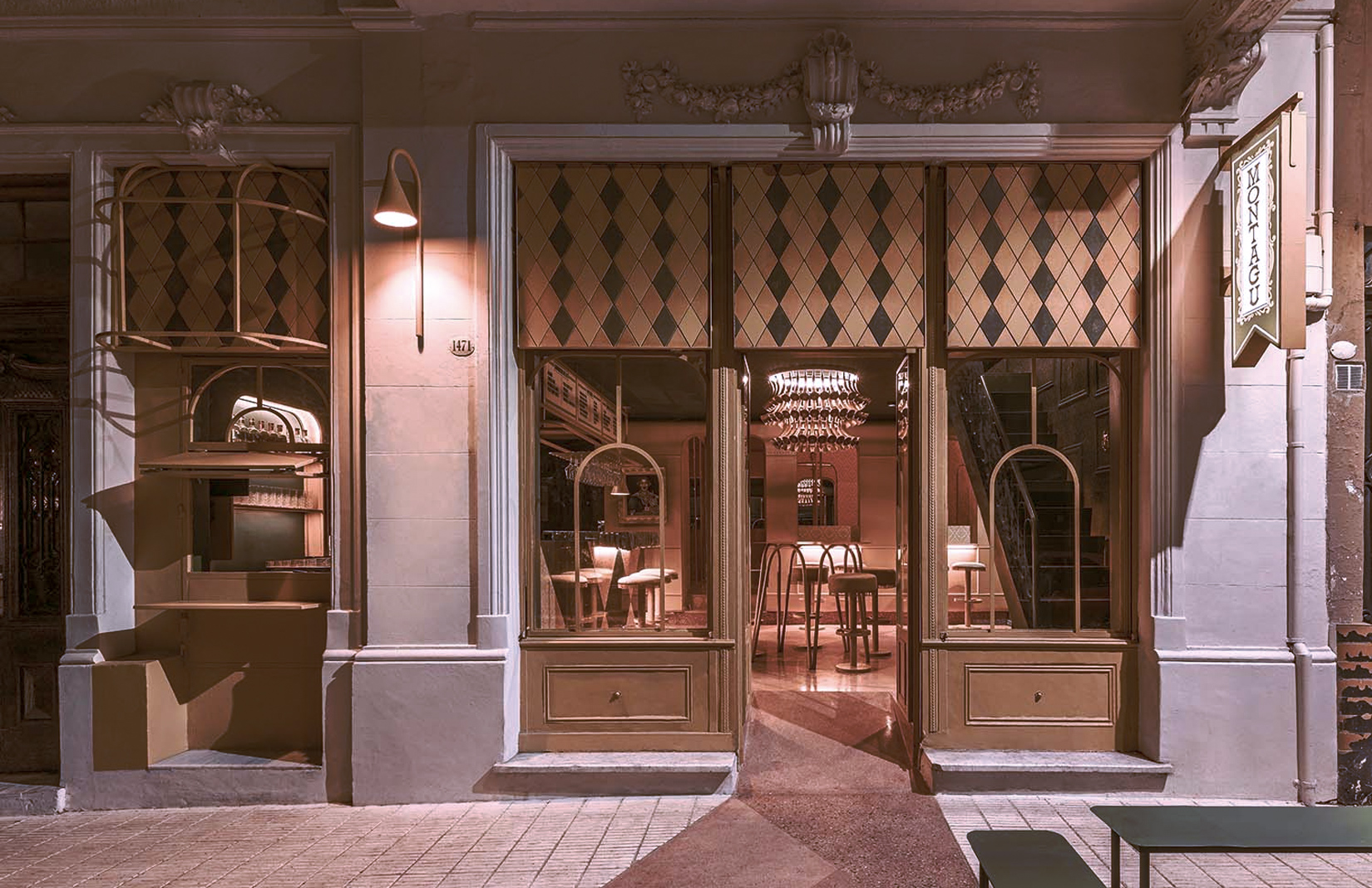
‘Room 81 (suitcase)’ Photography: Anja Niemi (c) 2019

‘The Starlet’. Photography: Anja Niemi (c) 2019

‘The Secretary’. Photography: Anja Niemi (c) 2019

‘The Flower Room’. Photography: Anja Niemi (c) 2019

‘Intermission’. ‘The Starlet’. Photography: Anja Niemi (c) 2019
The Norwegian photographer Anja Niemi has been taking self-portraits for more than 20 years but has never appeared in front of the camera. Working alone, employing a phalanx of wigs and costumes, travelling to locations around the world, she creates fascinating, enigmatic, often surreal vignettes that explore ideas of identity, femininity, beauty, madness and obsession.
A new book, In Character, collates her series, bringing together her twin Darlene, her glazed starlets, her hysterical hotel guests, her aspiring cowgirl on the run. These are darkly humorous images, deeply odd in places, always arresting and often beautiful. Supreme detail, from the objects in the rooms to the locations in which they are set, tell universally truthful stories about women who don’t specifically exist but are somehow familiar. We speak to Niemi about what self-portraiture is today, working solo and growing into the title of ‘feminist artist’.

Tish Wrigley: You make self-portraits of created characters. Is the idea of a self-portrait erased or upended if it is not ‘you’ we are looking at?
Anja Niemi: When I started using myself in my images, the word self-portraiture had different connotations, associated with artists such as Frida Kahlo, Claude Cahun, Francesca Woodman, Cindy Sherman, even Edvard Munch. Today it’s different, and my confidence in the word is gone. In reality, a self-portrait can be so much more than a photograph of you, but as the word is merging with the word ‘selfie’, I feel I shy away from both terms. I want to talk about what it’s like to be human, what it’s like to be a woman, but never what it’s like to be me.

Photography is so often considered a ‘truthful’ medium, one that exposes reality. What part does ‘truth’ play in your art?
AN: For me, photography is an escape from reality, it’s about taking a step away from what feels most ordinary and visualizing the places of your imagination. Although it’s all fiction and no photographic truth per se, there is always a reality beneath it all.
You have always worked entirely alone. What does this autonomy and solitude bring to your work?
AN: It started out this way because I have always been more comfortable alone. I have worked like this for almost 20 years, and it’s all I know. Now I find being able to control everything really satisfying. In reality, you can’t really control how things will turn out, but in my work, I can make everything look and happen exactly the way I want. I normally spend between six months to one year planning before I shooting anything, so transforming and turning myself into my own idea is my big reward at the end.

You’ve shot all around the world, and in your garden shed. Is the location important for your images?
AN: I live in Norway, but I have always been drawn to what feels foreign to me. It’s a form of escapism, so familiar scenery has never been that appealing. The location is the stage and plays a big part in telling the story; sometimes it’s even what triggers it. It’s also about the journey. I find being alone in an unfamiliar place with just my camera and my costumes to be thrilling, it’s always an adventure.
You are considered a feminist artist – is this how you would describe yourself?
AN: I have always wanted my work to be relatable to anyone regardless of gender, but my characters have always been female, and I am becoming increasingly aware of the type of women I create. I would love for my female leads to have a purpose, being in a position where I am creating and performing everything on my own I need to choose them well. ‘Feminist artist’ might not feel right yet, but maybe I will grow into it.

How do you use inspiration in your work?
AN: Some things are just part of you and affect what you do, whether you are thinking about it or not. I have an early memory of that severed ear in David Lynch´s Blue Velvet, it never left me. It was my first introduction to surrealism. I think everything that has made an impression naturally works its way into what you do and turns into something that’s your own.
You are often positioned alongside Cindy Sherman. Do you feel an alignment with her work?
AN: Maybe less than you think, but I have always loved Cindy Sherman’s work. When I first started taking pictures, I was very interested in photographers who used themselves in their work because that was instinctively what I did. I remember wondering if they were anything like me. I always felt a connection to artists and performers who like to transform, but the alignment – if there is one – is more in the act than the work itself.
‘In Character’ by Anja Niemi is out now, published by Thames & Hudson























